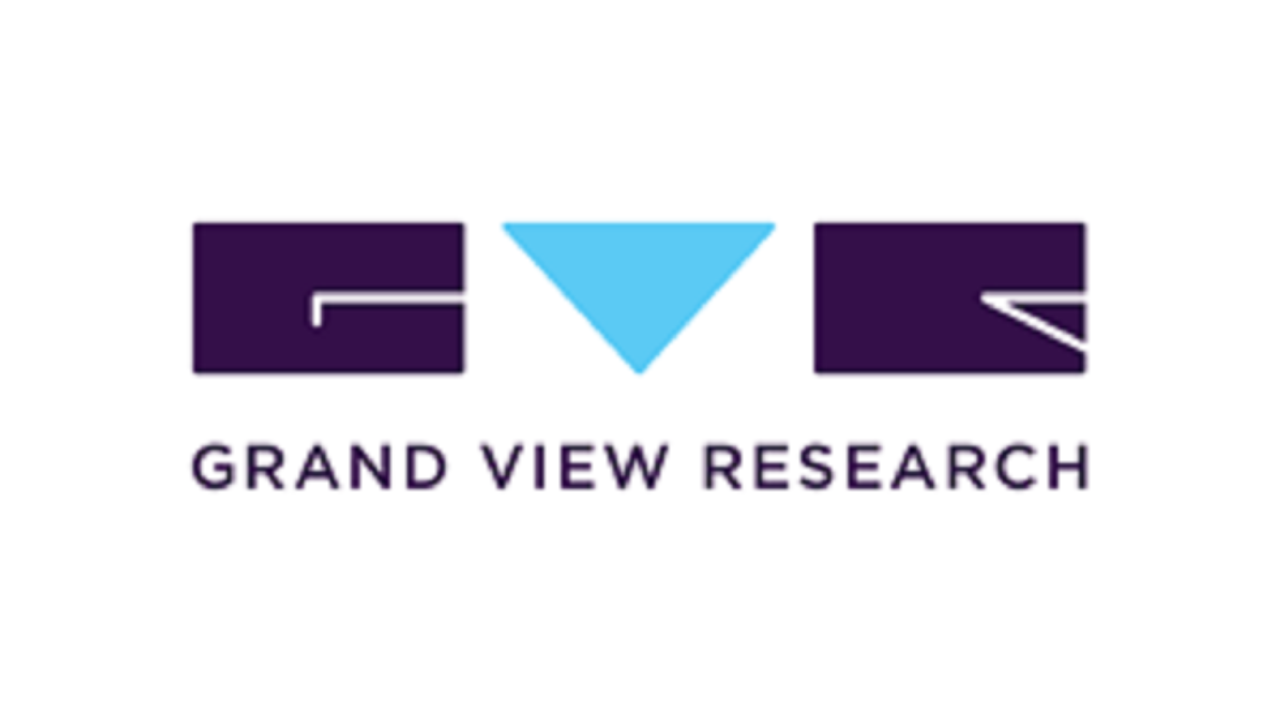Golf Gloves Market 2025-2030: Competitive Landscape & Key Player Strategies

The global golf gloves market size was valued at USD 344.4 million in 2024 and is projected to reach USD 451.7 million by 2030, growing at a CAGR of 4.6% from 2025 to 2030. The market’s growth is being driven by several key factors, including the rising number of golf participants worldwide, increasing demand for technologically advanced golf gloves, and the growing number of professional tournaments and competitions organized on a global scale.
Innovation has been a crucial factor supporting market expansion, with developments spanning across various product dimensions such as fabric composition, manufacturing techniques, marketing strategies, and the integration of technology features. In terms of product performance, manufacturers have introduced enhancements like improved grip, moisture-wicking fabrics, ergonomic designs, performance-tracking capabilities, and the adoption of sustainable materials. Additionally, the option for customization and personalization, allowing consumers to tailor gloves to their individual preferences, has further strengthened demand in recent years.
Beyond performance, a growing emphasis on style and fashion has also reshaped consumer preferences. Modern designs incorporating trendy prints, vibrant hues, and popular color combinations are increasingly appealing to both individual buyers and institutional customers. The ability of golf gloves to serve not only as performance gear but also as fashion accessories has contributed to their rising popularity.
Moreover, the rapid growth of online sales channels and e-commerce platforms has significantly improved product accessibility, making it easier for consumers to explore a variety of designs and features. This enhanced accessibility, combined with evolving consumer behavior, has played a major role in accelerating the overall growth trajectory of the golf gloves market.
Key Market Trends & Insights:
• In 2024, North America accounted for the largest share of the global golf gloves market, holding a 58.4% revenue share. This dominance is largely supported by the region’s strong golf culture, the presence of numerous prestigious golf courses, and the high participation rate in both recreational and professional tournaments.
• Within the region, the U.S. emerged as the leading market, capturing the largest revenue share of the North American golf gloves industry in 2024. The country’s position can be attributed to the growing number of golfers, established sports infrastructure, rising consumer spending on premium sports accessories, and the presence of leading golf glove manufacturers and brands.
• From a buyer perspective, the individual buyers segment led the global golf gloves market, contributing to a 52.6% revenue share in 2024. This dominance highlights the fact that most sales are driven by personal purchases, as golf is primarily an individual sport where players invest in equipment and accessories that suit their specific performance and style preferences.
• In terms of distribution, the offline channel remained the most significant, holding the largest revenue share of the global golf gloves industry in 2024. This trend reflects the preference of consumers to physically evaluate products before purchase, particularly in specialty sports stores, pro shops at golf courses, and sporting goods outlets. The offline segment also benefits from personalized customer service and immediate product availability, factors that continue to strengthen its appeal despite the rapid growth of e-commerce platforms.
Order a free sample PDF of the Golf Gloves Market Intelligence Study, published by Grand View Research.
Market Size & Forecast:
• 2024 Market Size: USD 344.4 Million
• 2030 Projected Market Size: USD 451.7 Million
• CAGR (2025-2030): 4.6%
• North America: Largest market in 2024
• Asia Pacific: Fastest growing market
Key Companies & Market Share Insights:
Some of the key companies operating in the global golf gloves market include TAYLORMADE GOLF COMPANY, INC., Callaway Golf Company, Zero Friction, SRIXON, and several others. These companies are actively enhancing their portfolios in response to rising market competition and evolving consumer preferences, incorporating innovative product features, expanding offline distribution networks, and adopting new marketing strategies to strengthen their market presence.
Callaway Golf Company, headquartered in Carlsbad, California, is a leading brand in the golf industry, offering a diverse range of golf products and accessories, including golf balls, stand bags, cart bags, headwear, gloves, and travel gear. Within its golf glove portfolio, the company provides a variety of popular options such as the Fusion Men’s Golf Glove, X-Spann Golf Glove, Tour Authentic Golf Gloves, Dawn Patrol Golf Glove, and Women’s Dawn Patrol Golf Glove, catering to the needs of both professional players and recreational golfers.
Under Armour Inc., recognized globally as a major brand in apparel, footwear, and sports gear, has also established a strong presence in the golf gloves segment. Its product line includes models such as the UA Medal Golf Glove, UA Iso-Chill Golf Glove, and UA Women’s Training Glove. Alongside its glove offerings, the company continues to provide a wide variety of apparel, accessories, and footwear designed for multiple sports disciplines, further reinforcing its reputation as a versatile sports brand with a strong global reach.
Key Players
• Callaway Golf Company (Topgolf Callaway Brands)
• SRIXON (Sumitomo Rubber Industries, Ltd.)
• Acushnet Holdings Corp.
• Under Armour Inc.
• Zero Friction
• TaylorMade Golf Co.
• G/FORE
• Mizuno
• North Coast Golf Co.
• RED ROOSTER GOLF
Explore Horizon Databook – The world's most expansive market intelligence platform developed by Grand View Research.
Conclusion:
The golf gloves market is expected to grow steadily, supported by increasing participation in golf, rising demand for tech-enhanced and performance-demanding gloves, and a strong tournament & competition culture globally. While offline channels still dominate due to shopper preferences for trying and feeling products in person, online sales are rapidly gaining ground driven by convenience and accessibility. North America remains the leading market, though Asia Pacific is becoming an important growth region. Innovations in materials, designs, personalized features, and sustainability are increasingly shaping what consumers expect.
- Art
- Causes
- Crafts
- Dance
- Drinks
- Film
- Fitness
- Food
- Jeux
- Gardening
- Health
- Domicile
- Literature
- Music
- Networking
- Autre
- Party
- Religion
- Shopping
- Sports
- Theater
- Wellness


